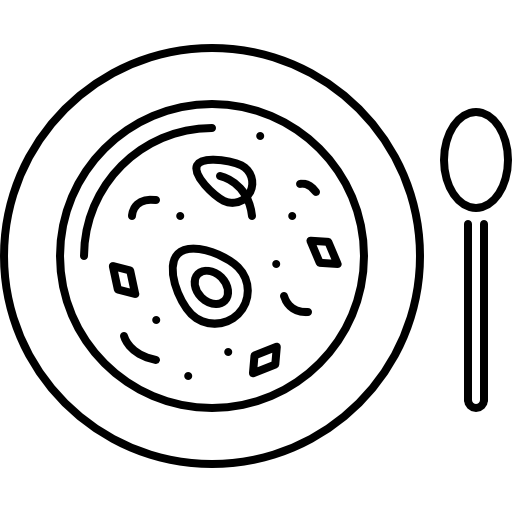Usėnai was first mentioned in written sources in 1722. The village is located southeast of Šilutė, near the Klaipėda–Pagėgiai railway. The Veižas River, a right tributary of the Nemunas, flows through the village. In 1874, a railway line between Pagėgiai and Šilutė was built through Usėnai, and a railway station was established. In 1905, the village had 71 inhabitants: 65 Germans and 6 Lithuanians. Usėnai was previously known as Mädewald.
After Lithuania restored its independence in 1918, Usėnai had a “Pienocentras” dairy, several shops, and an agricultural machinery repair company.
A memorial stone was erected in Usėnai to honor soldiers who perished between 1941 and 1945. In 1976, a folk sculpture ensemble was created by folk artists from the Žemaitija region during a creative seminar. The ensemble consists of 12 oak sculptures inspired by the motifs of traditional Pamarys wooden grave markers – krikštai – and carved distaffs.
In 2005, a stogastulpis (wooden pillar shrine) was erected to commemorate the 220th anniversary of the Usėnai settlement.
Usėnai
Last updated: 2025-02-28







































